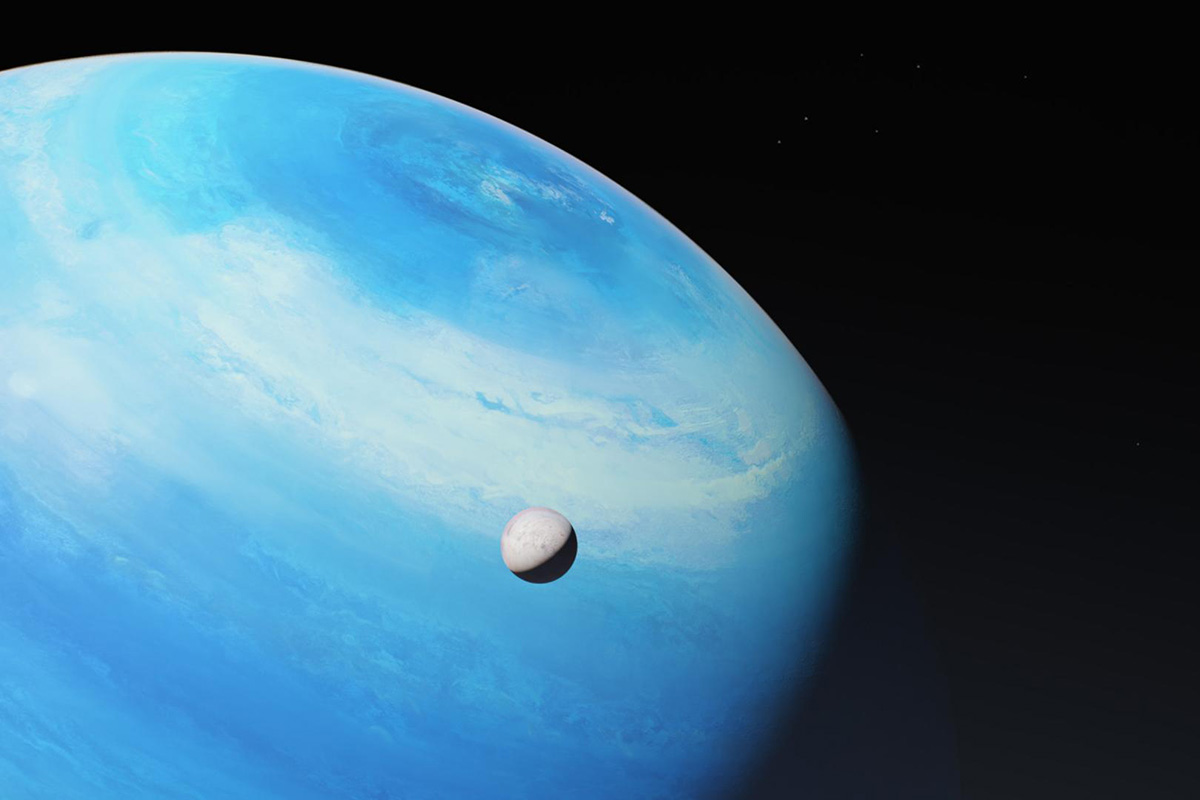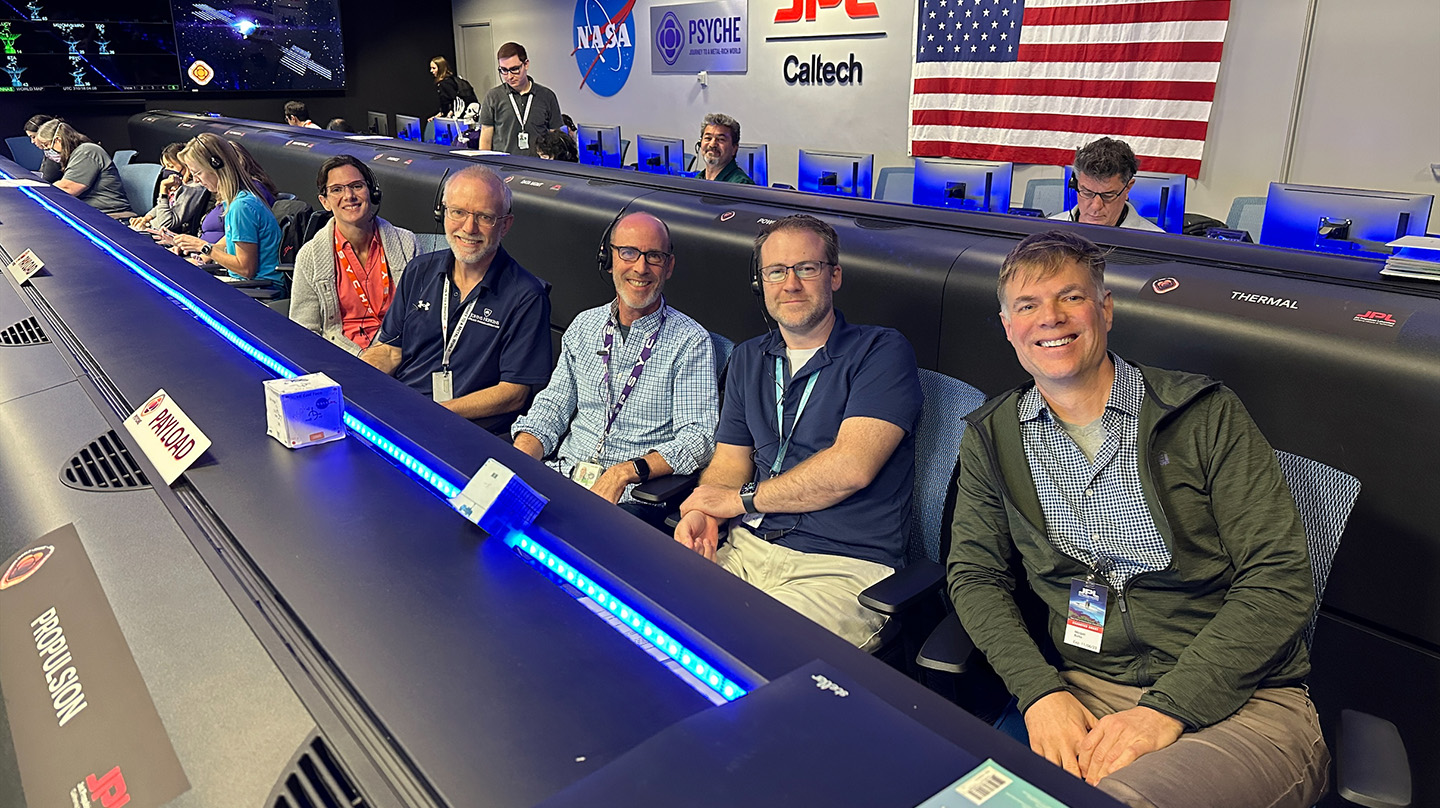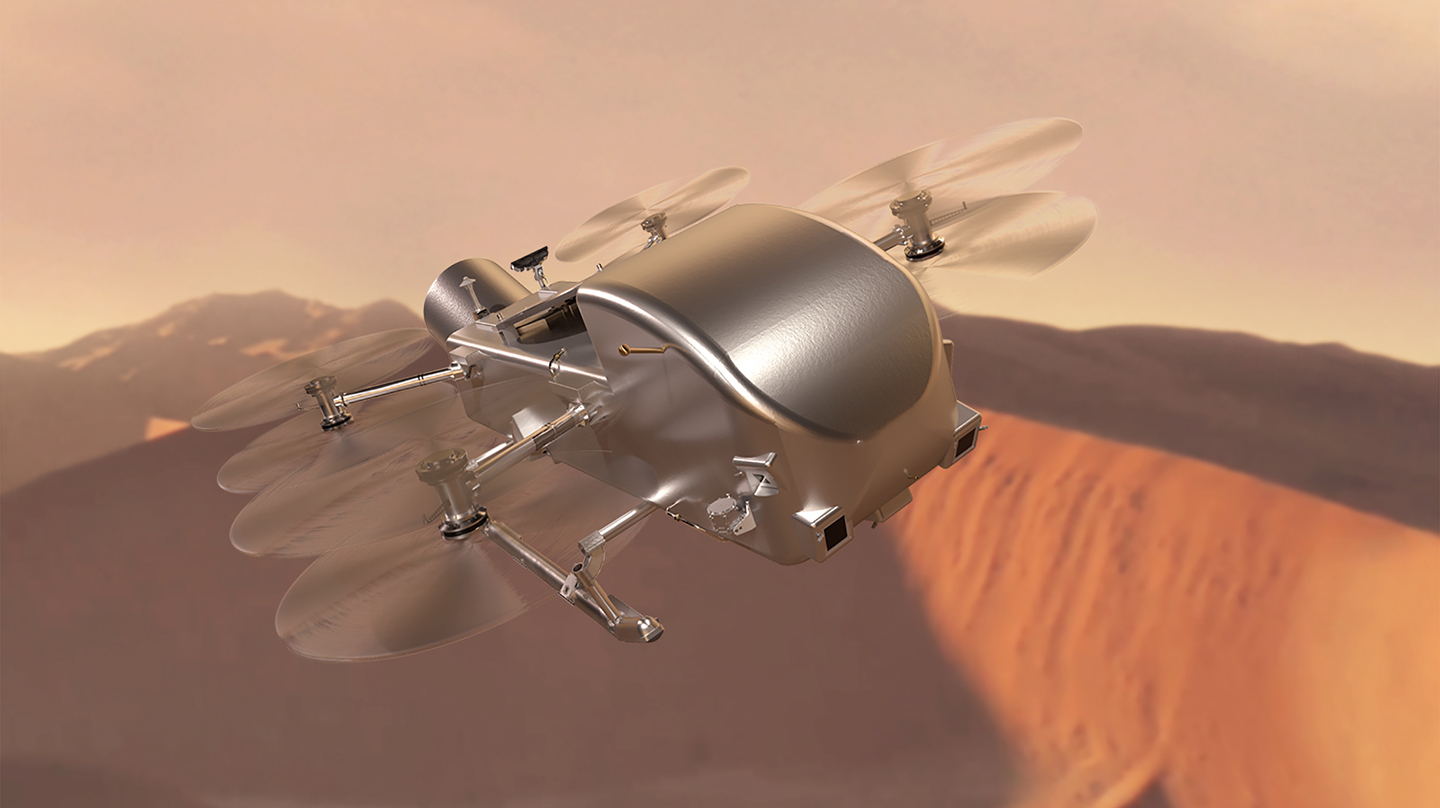
Astrobiology and Planetary Science
Exploring the Worlds of the Solar System
Whether it’s finding hidden water ice in Mercury’s craters, mapping the composition of Mars, or providing images of Pluto’s glaciers and craters and the crevices on asteroids, APL is at the forefront of planetary science.
APL is a pioneer in the robotic exploration of the solar system. APL led the NEAR Shoemaker mission that captured the first close-up images of an asteroid, the MESSENGER mission that first mapped Mercury, and the New Horizons mission that captured the first images of Pluto’s icy heart. They’ve provided a spectrometer to find ancient wet Martian environments and are building others to decipher the origins of Mars’ moon Phobos and the metal-rich asteroid 16 Psyche. They are leaders in the development of planetary particle and plasma investigations, conducting investigations of Jupiter’s powerful aurora and Pluto’s dynamic atmosphere. In addition, APL is building or contributing to the imager, spectrometer, and plasma instruments to study Jupiter’s potentially habitable moon Europa. They’re helping to plan potential future explorations across the solar system and will lead, build, and operate a nuclear-powered dual quadcopter called Dragonfly to study the molecular building blocks of life on Saturn’s moon Titan.
APL scientists are providing cutting-edge discoveries and valuable insights about Mars, the ocean worlds of the outer solar system, and the atmospheres of exoplanets, investigating the habitability of these distant worlds.
The age-old question of whether life exists beyond Earth continues to drive exploration. Through missions such as Dragonfly, APL is leading the exploration of ocean worlds to understand their chemistries and potential habitability. With liquid-water oceans beneath their icy surfaces, these moons share similarities with the kinds of environments where life may have emerged on Earth.
Expertise in Action
Missions
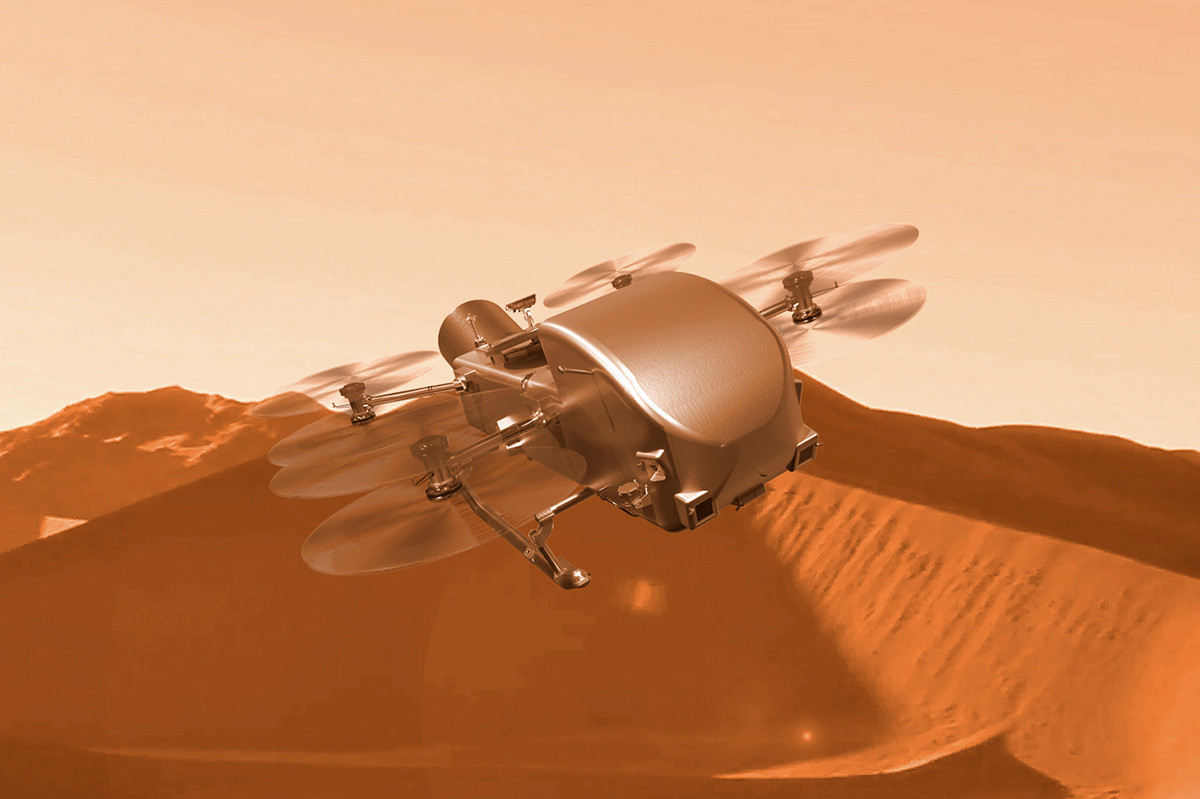
Dragonfly Outer Moons
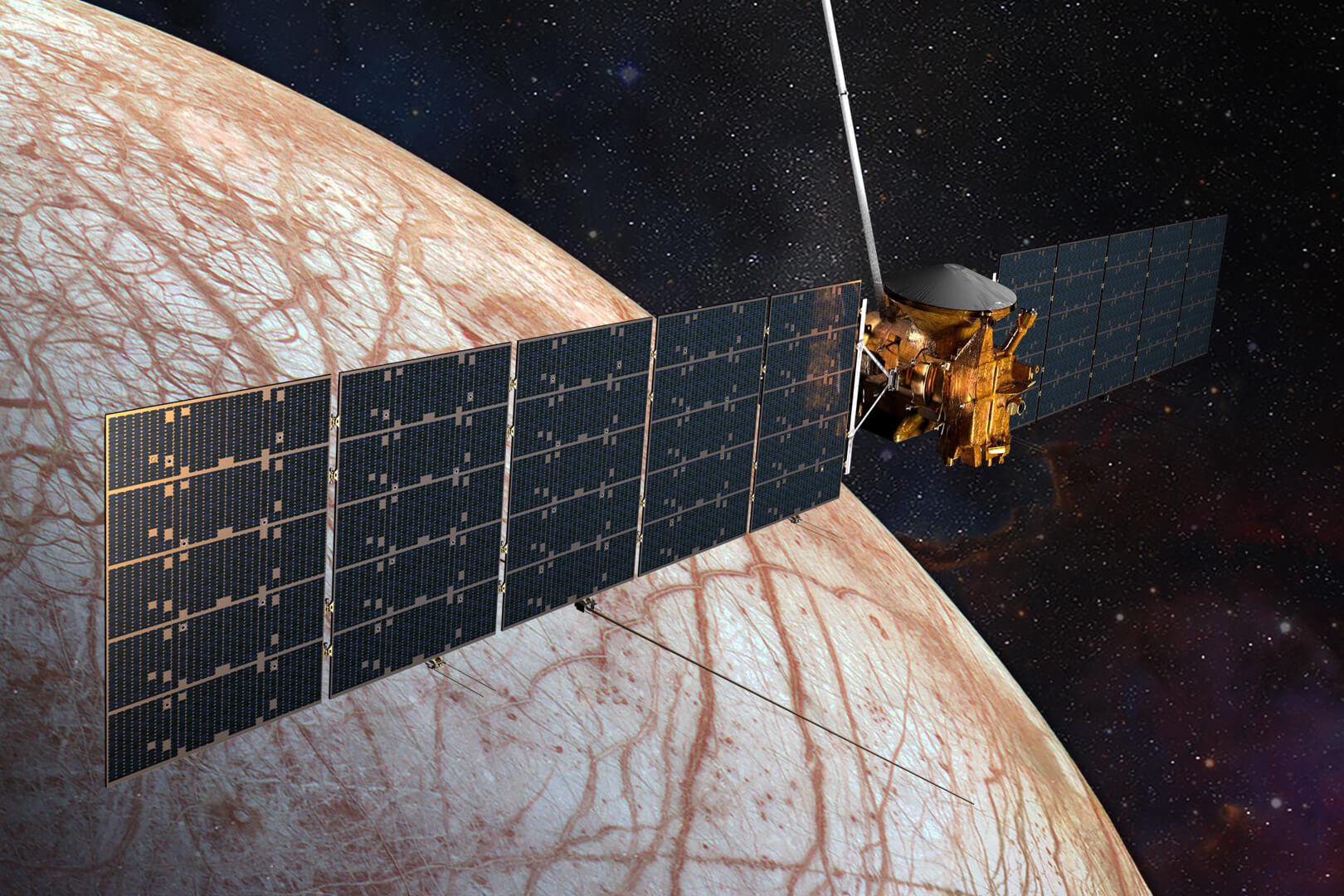
Europa Clipper Outer Moons
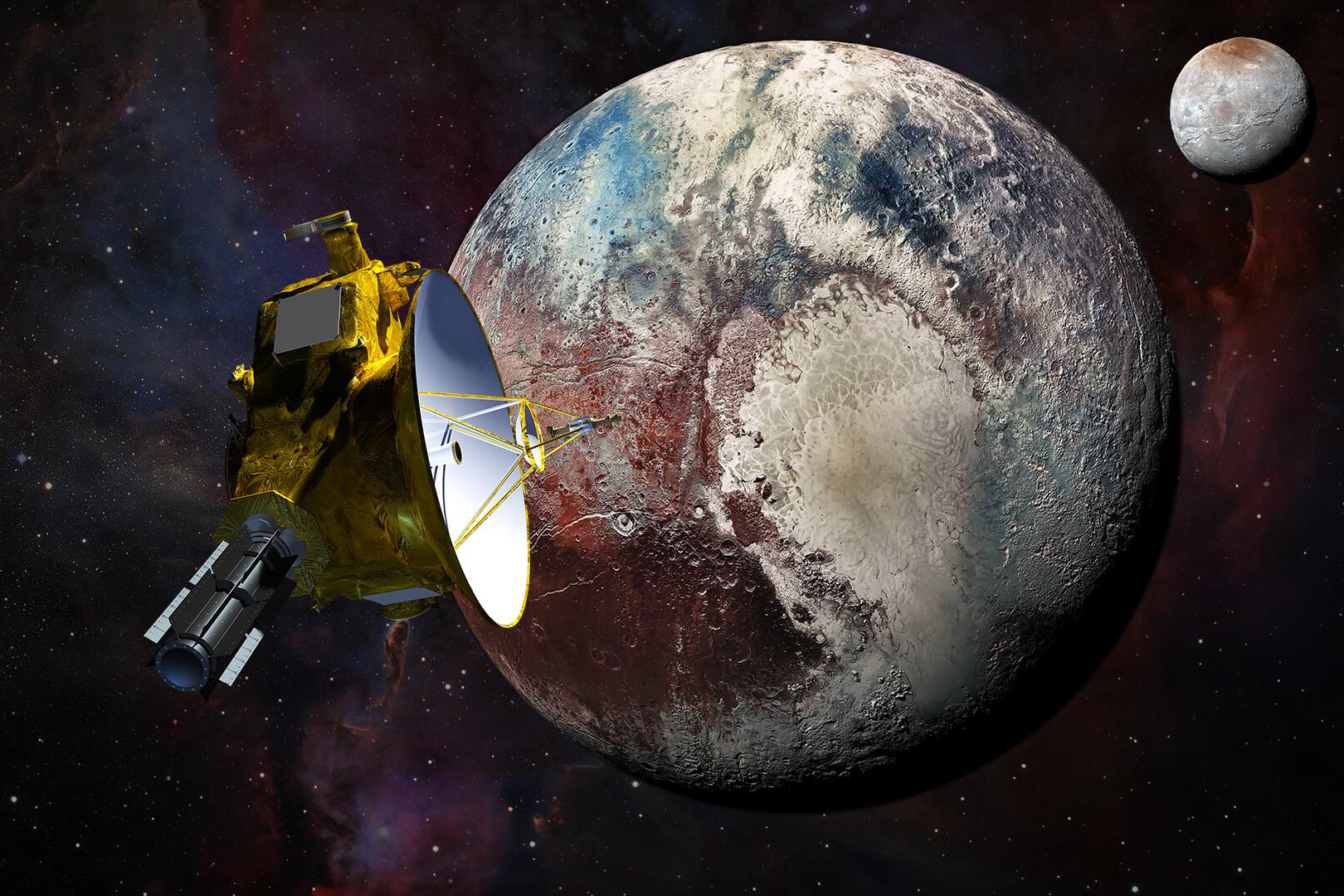
New Horizons Pluto, Kuiper Belt Objects, and Comets
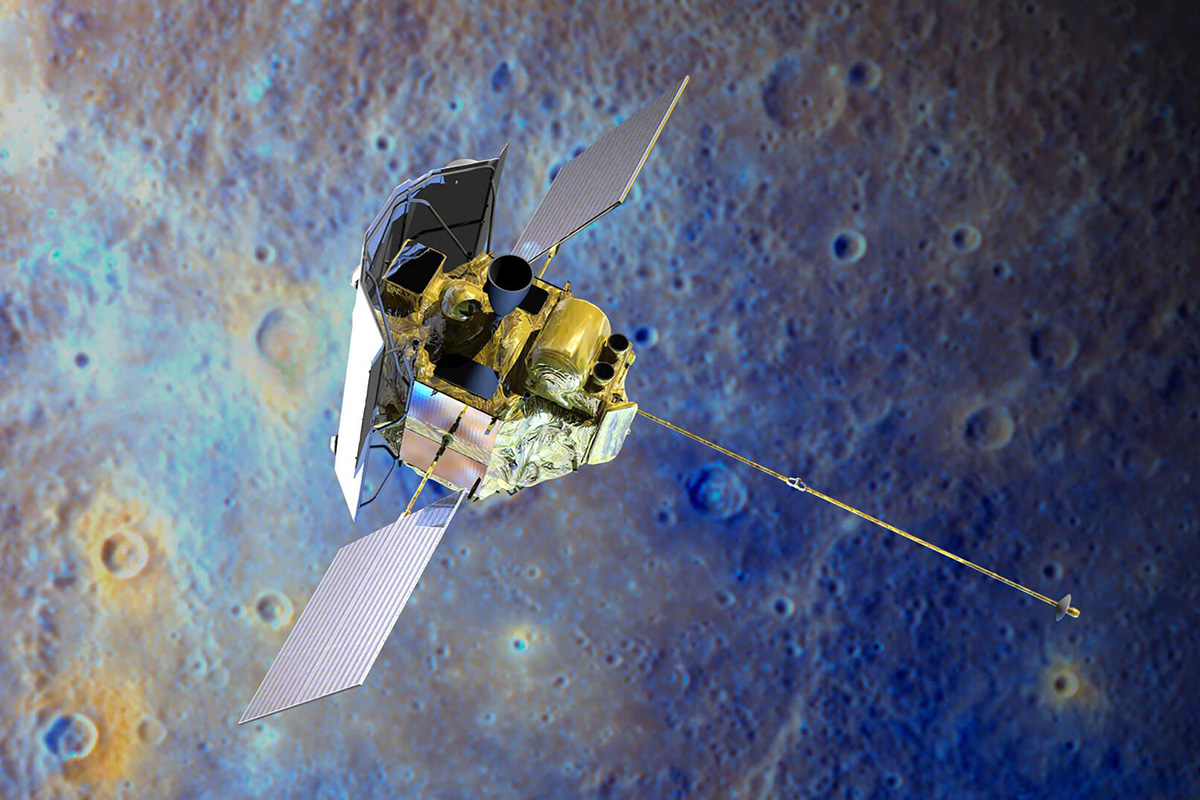
MESSENGER Terrestrial Planets
Instruments
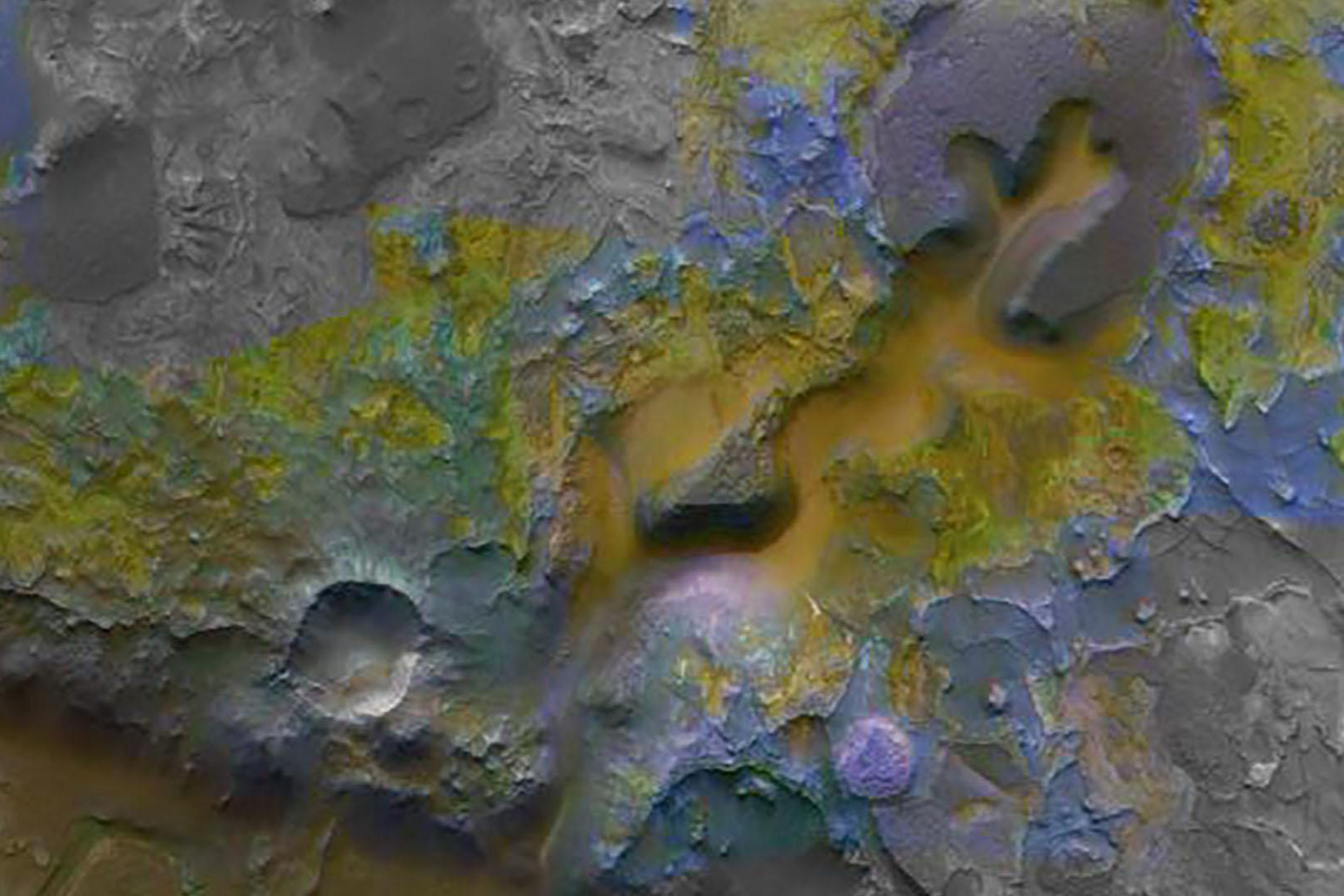
CRISM Terrestrial Planets
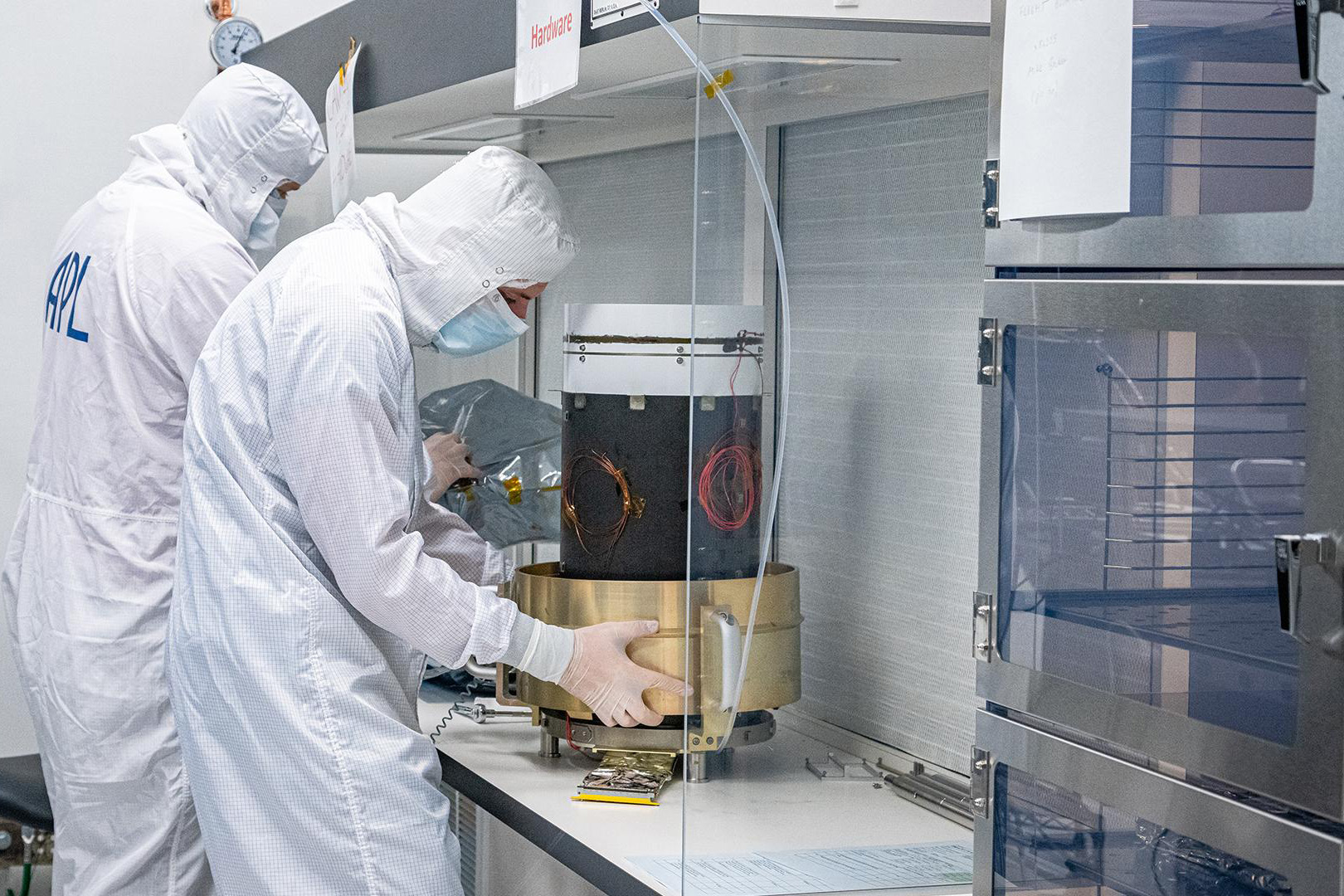
DRACO Asteroids
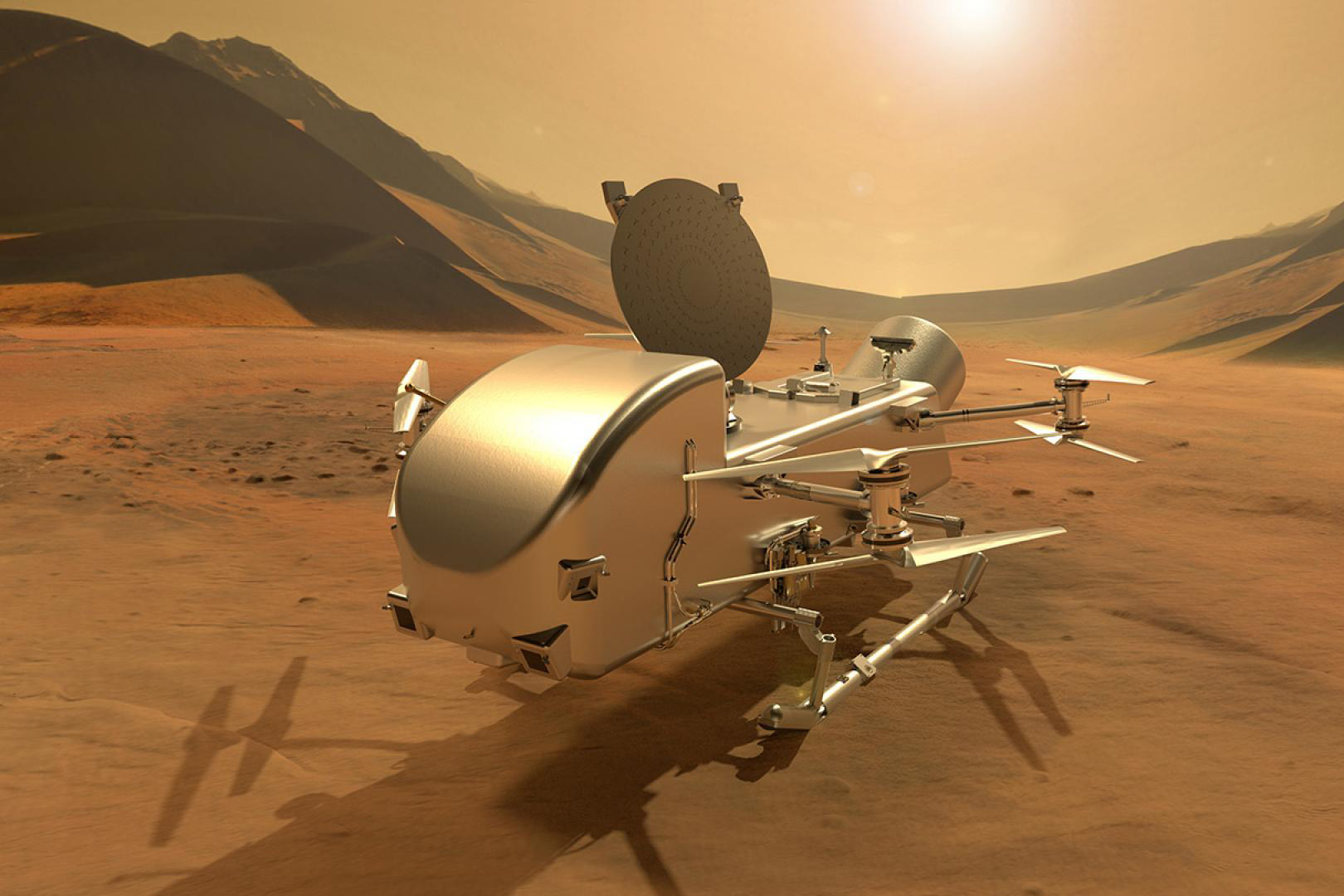
DraGMet Outer Moons

DraGNS Outer Moons
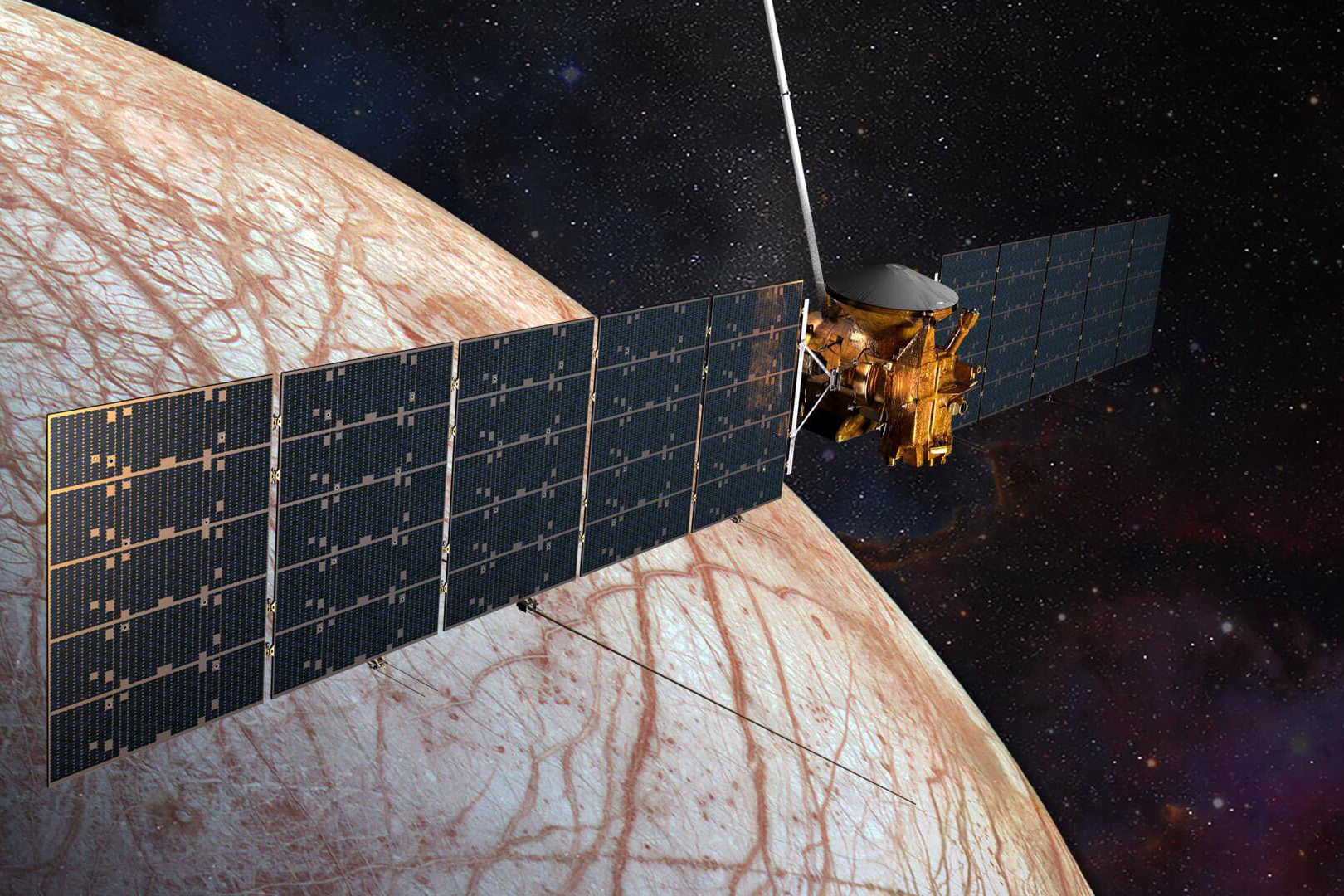
EIS Outer Moons
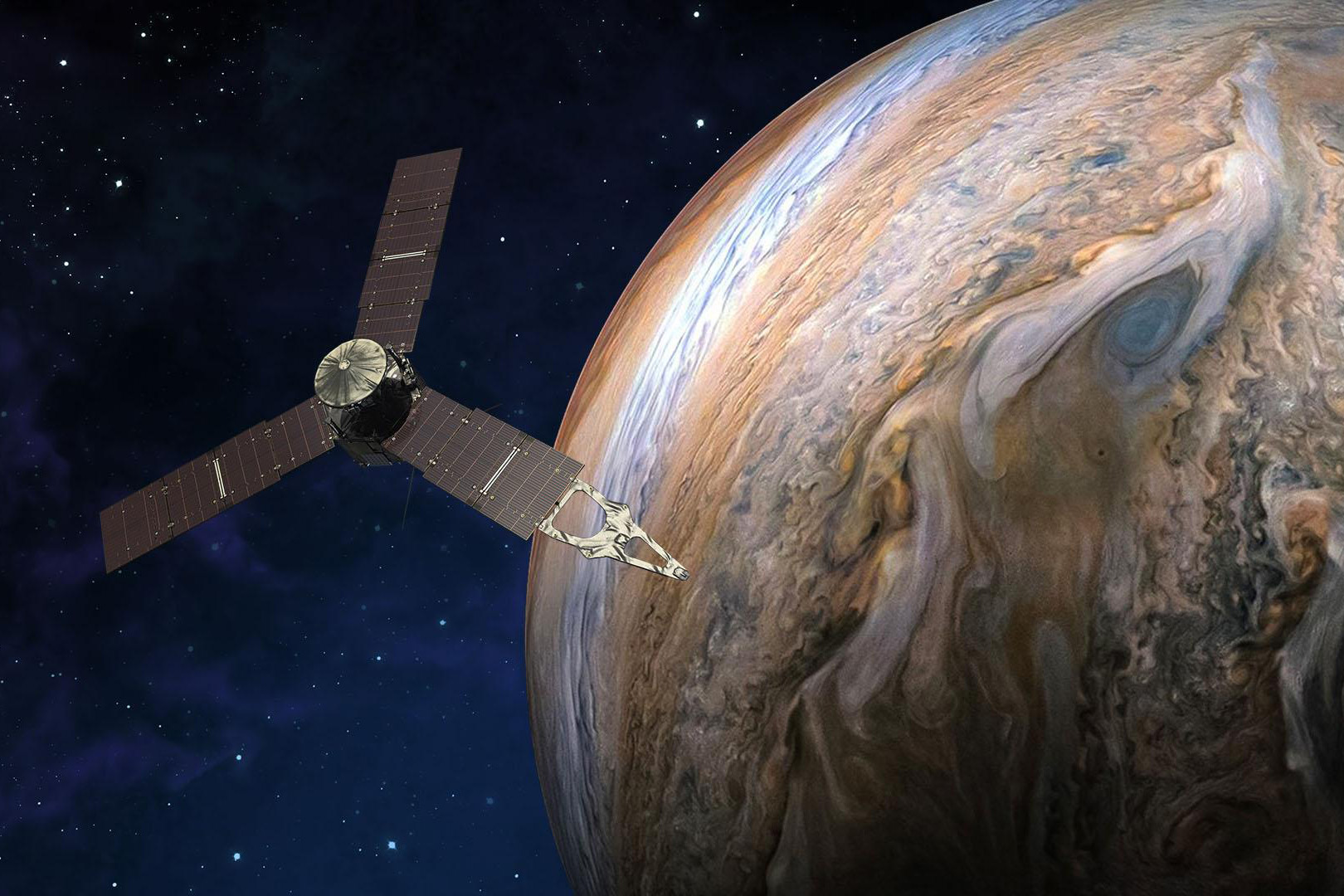
JEDI Giant Planets
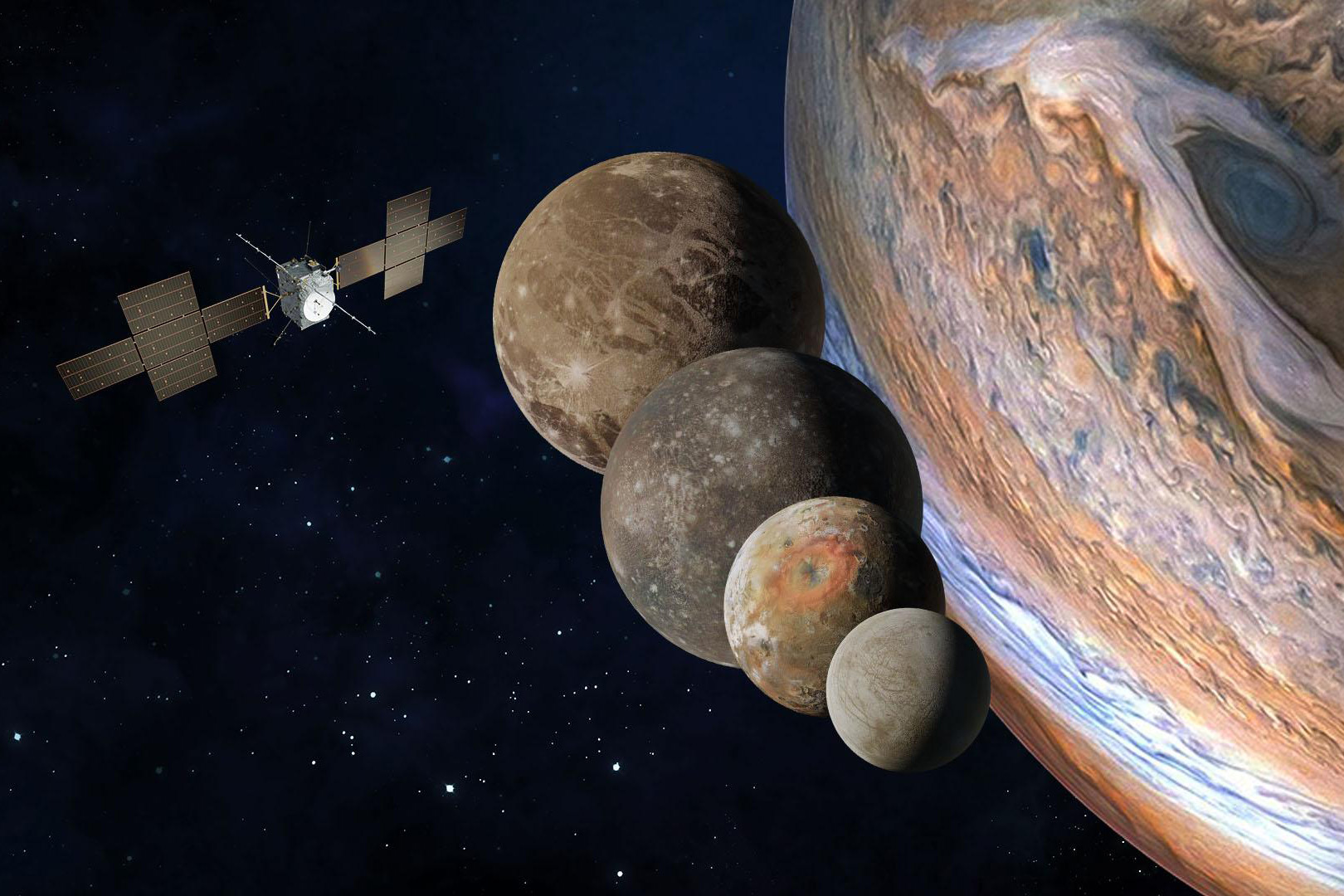
JoEE/JENI Outer Moons
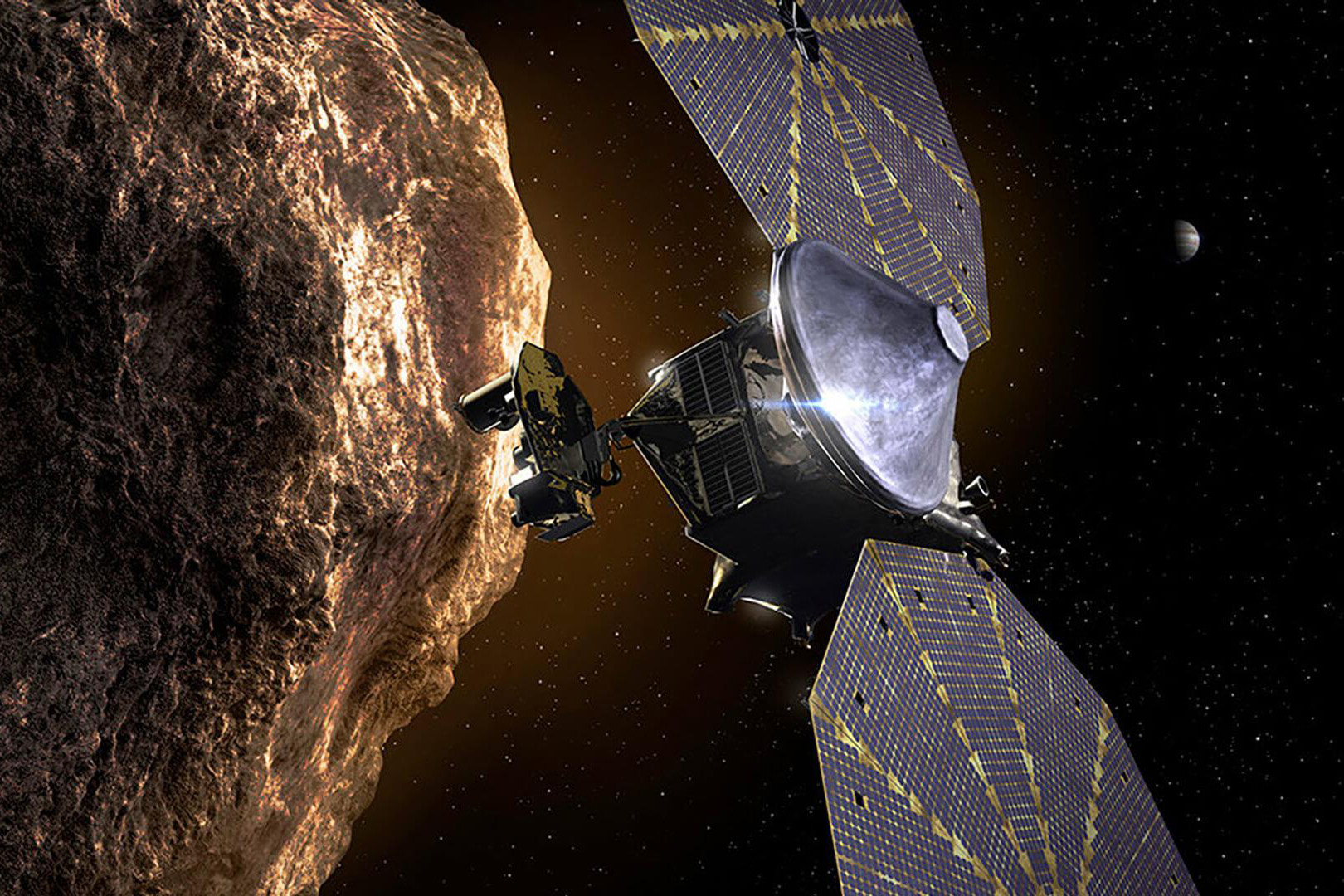
L’LORRI Asteroids
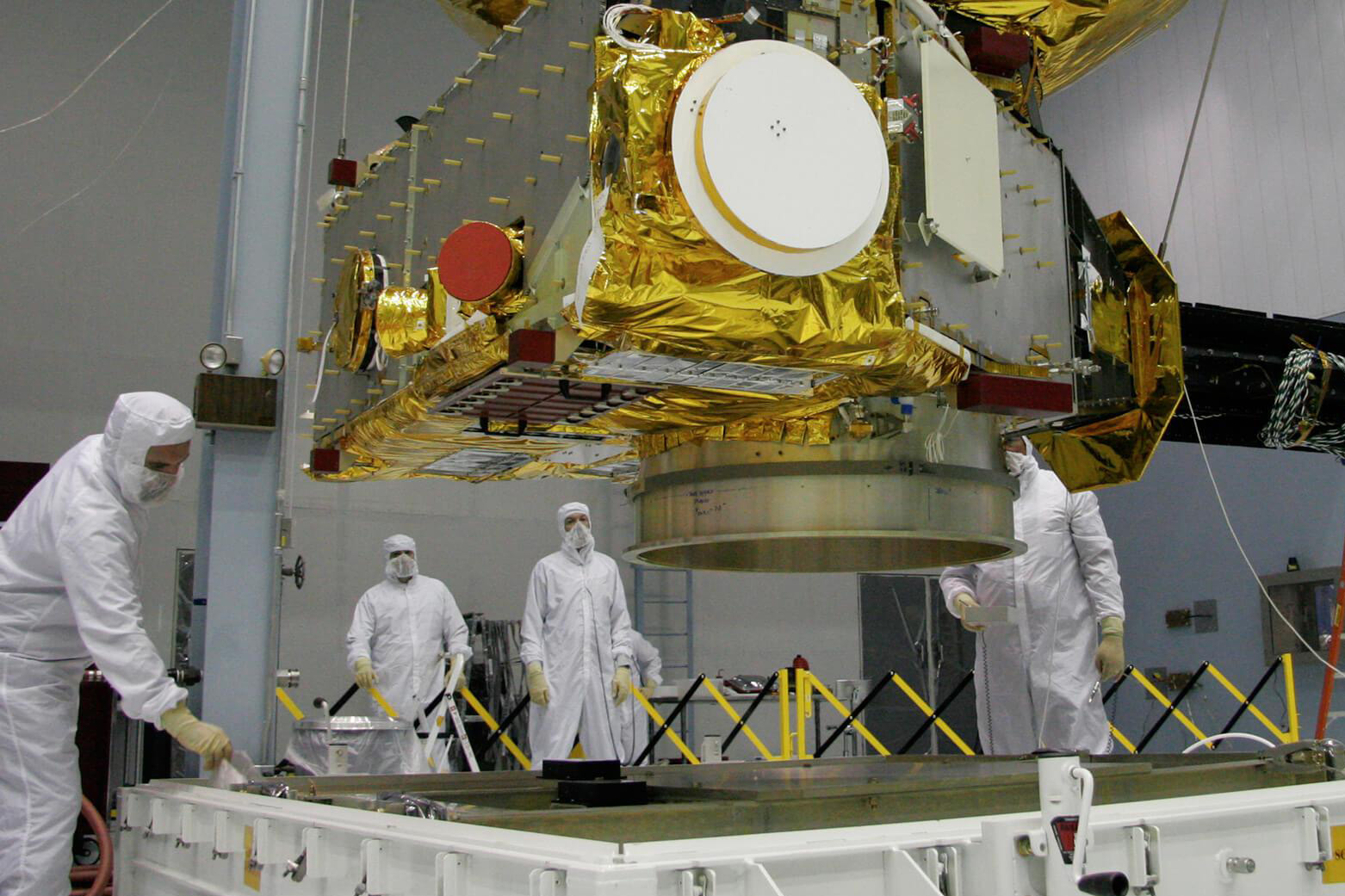
LORRI Pluto, Kuiper Belt Objects, and Comets
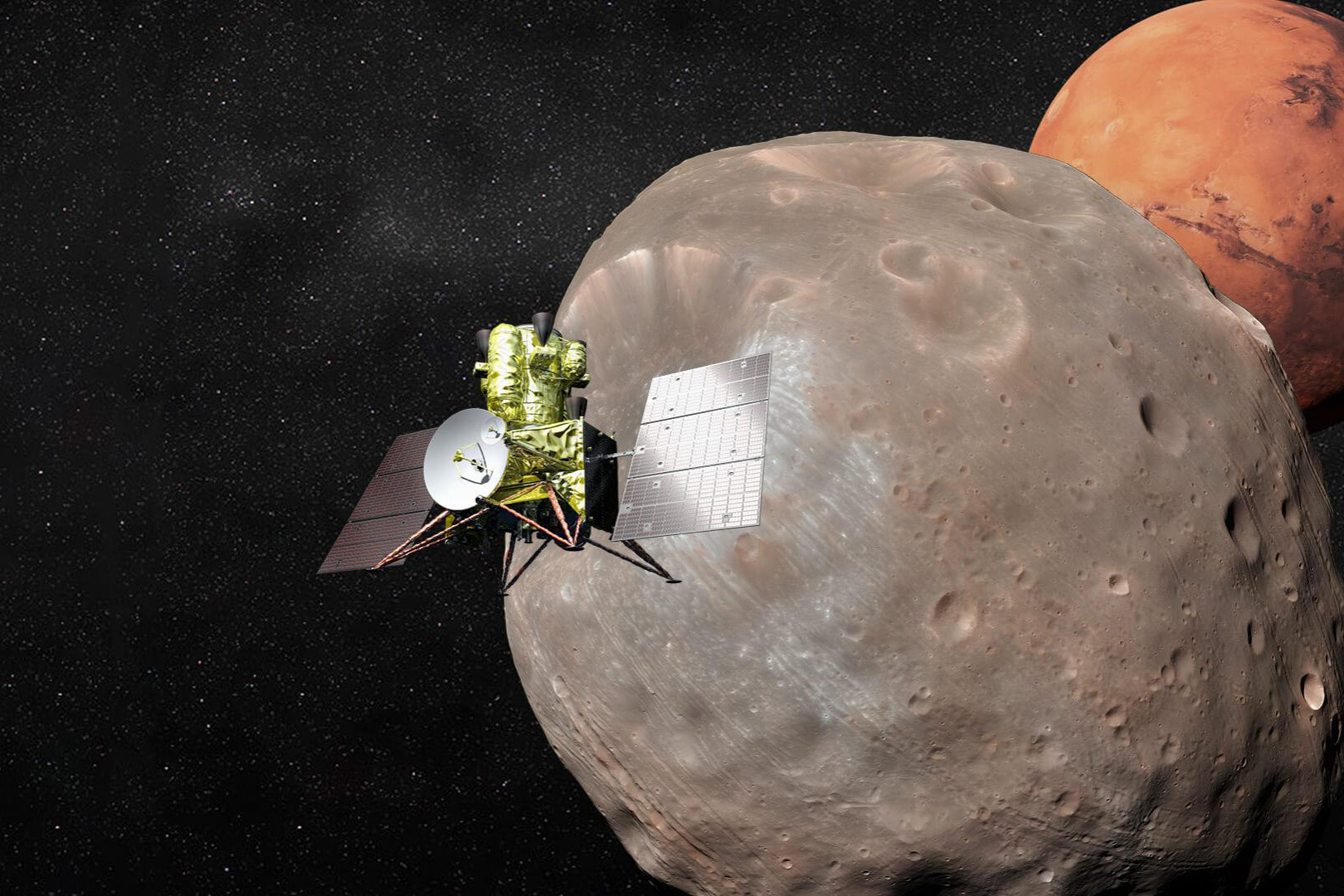
MEGANE Terrestrial Planets
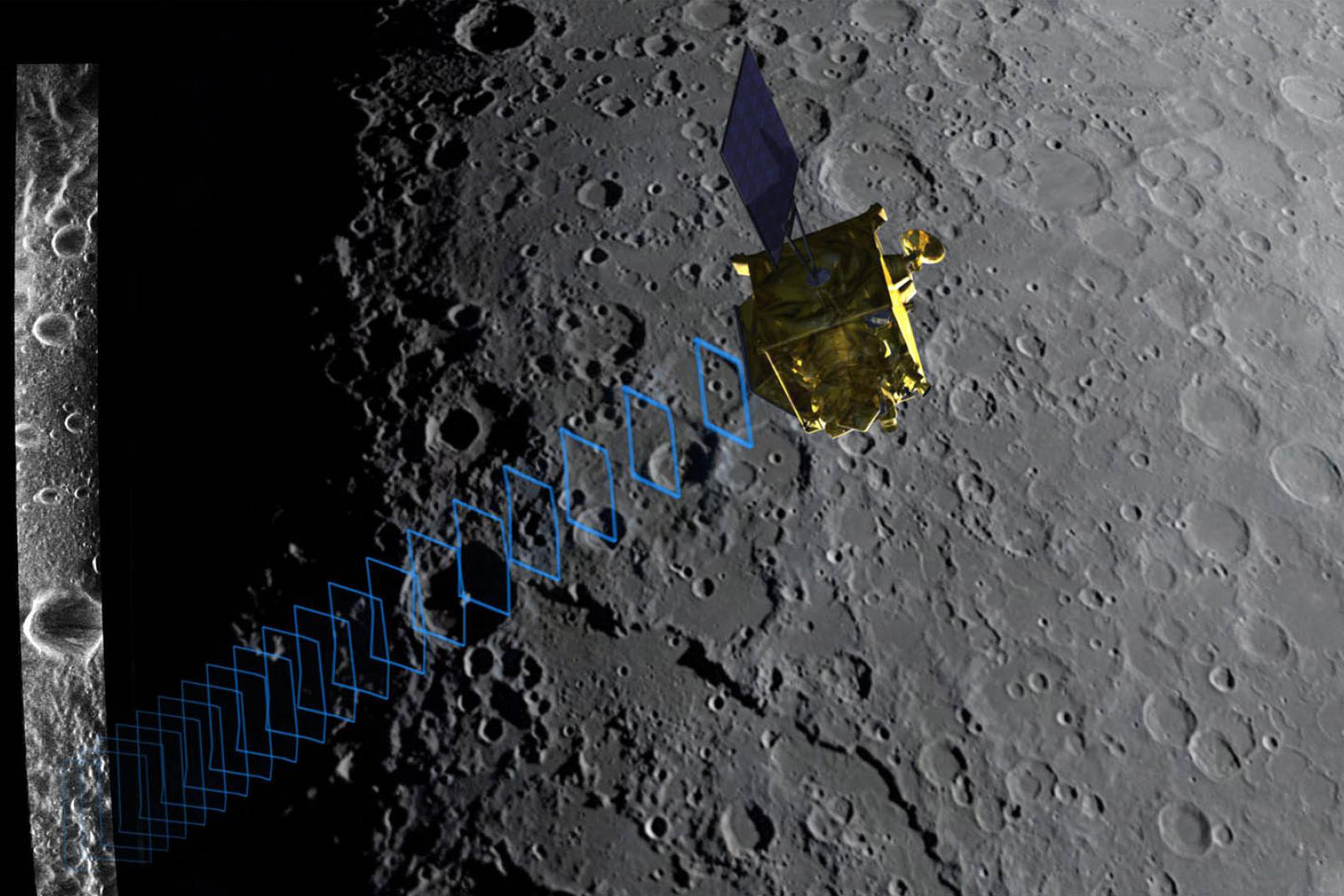
Mini-RF Moon

MISE Outer Moons
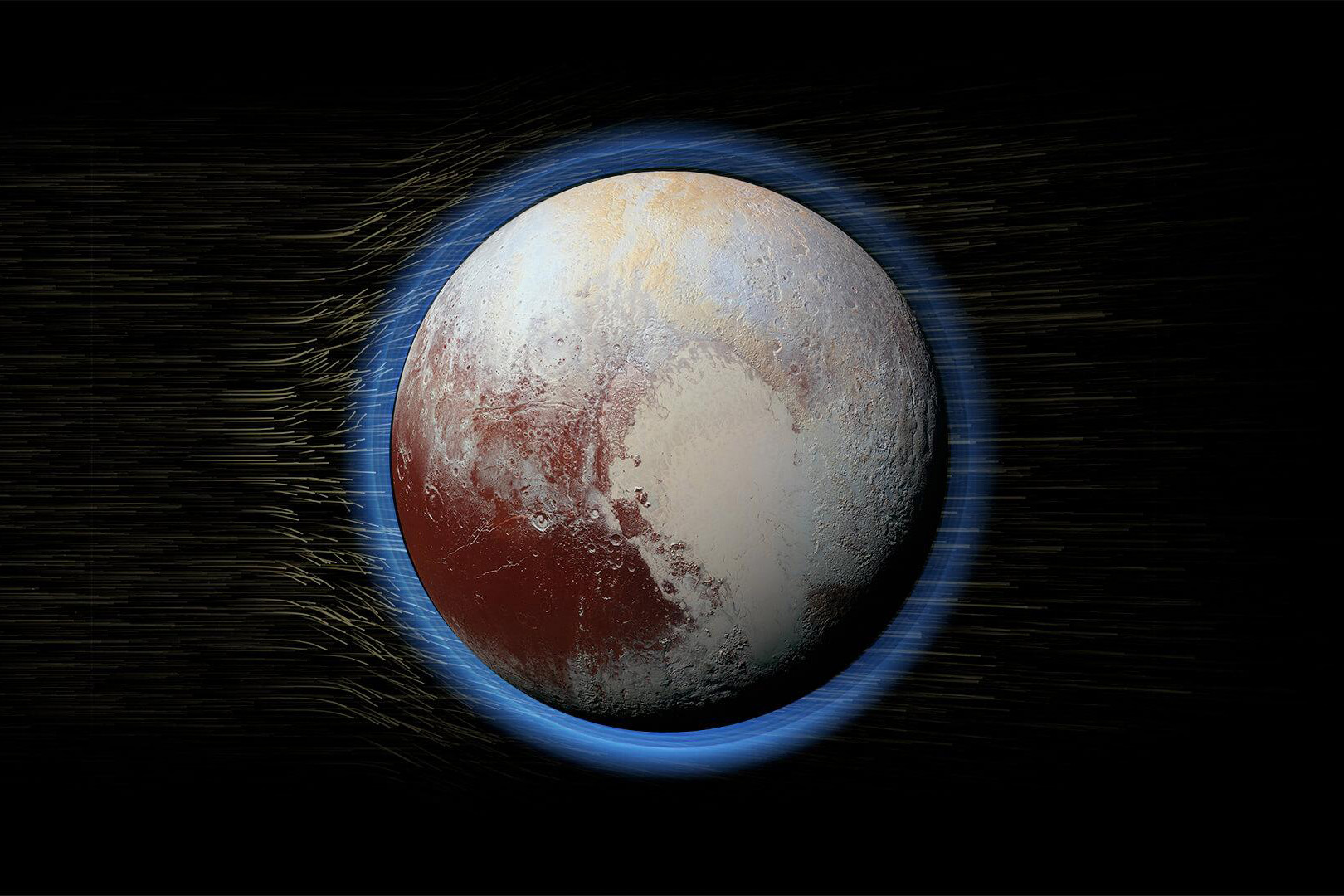
PEPSSI Pluto, Kuiper Belt Objects, and Comets

PIMS Giant Planets
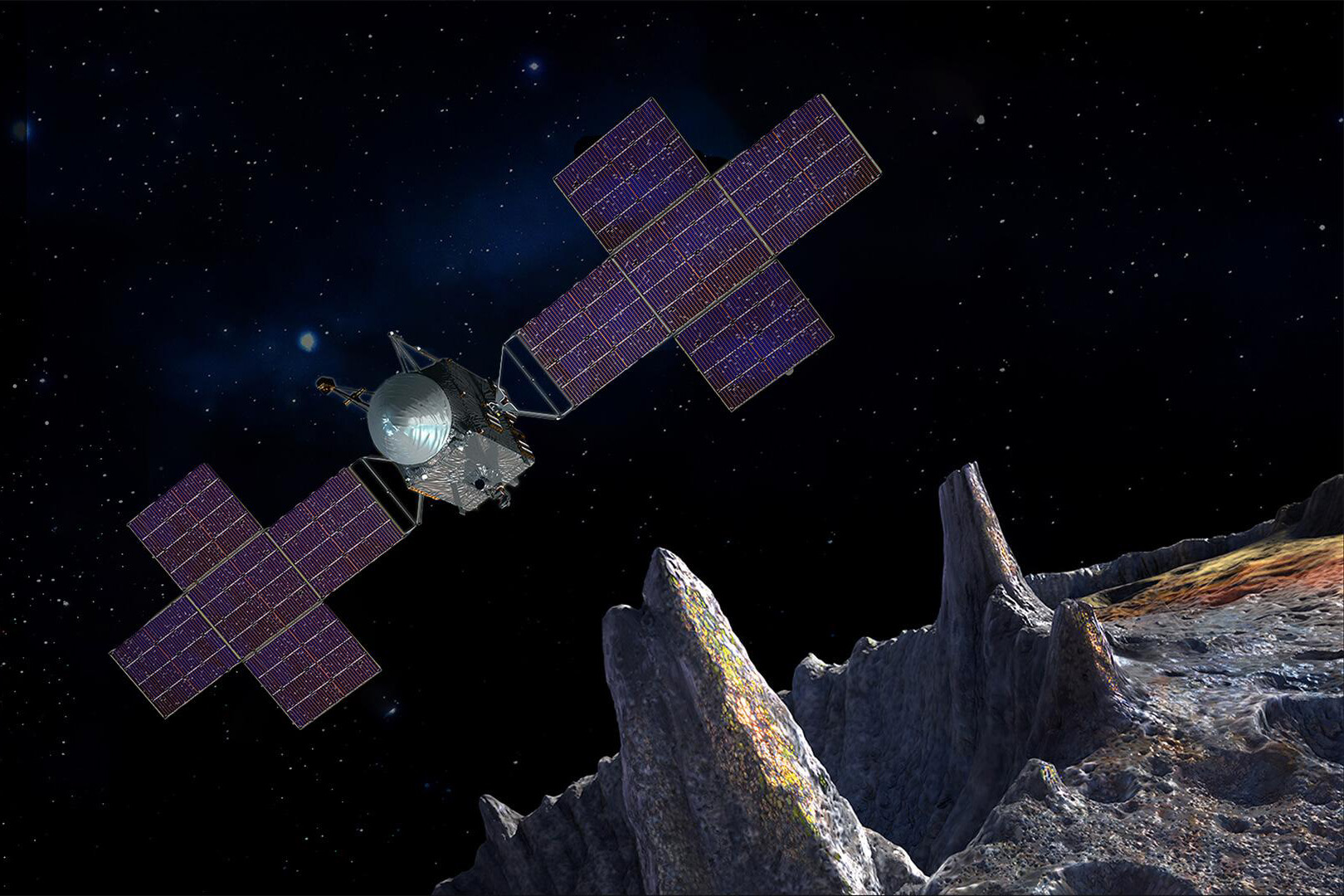
Psyche GRNS Asteroids
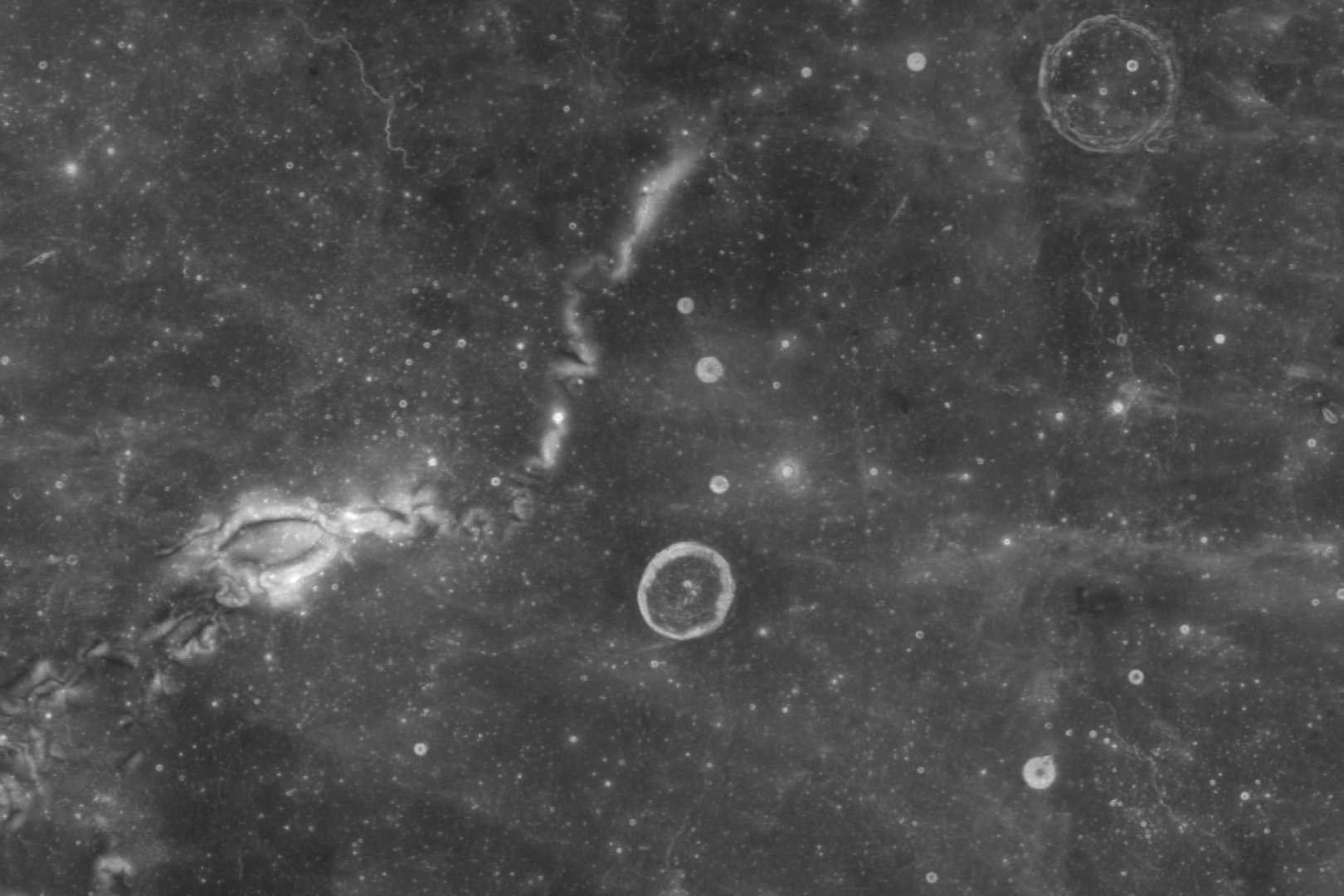
Vector Magnetometers Moon
Initiatives
While APL may be known for engaging in space-firsts and building first-of-its-kind spacecraft that deflect asteroids or touch the Sun, it also has a deep knowledge base of science and engineering experts who provide critical contributions to critical challenges. Through initiatives like Planetary Defense, Heliophysics and Space Weather, and Cislunar Operations, APL is able to deliver game-changing impacts for civil and national security.
